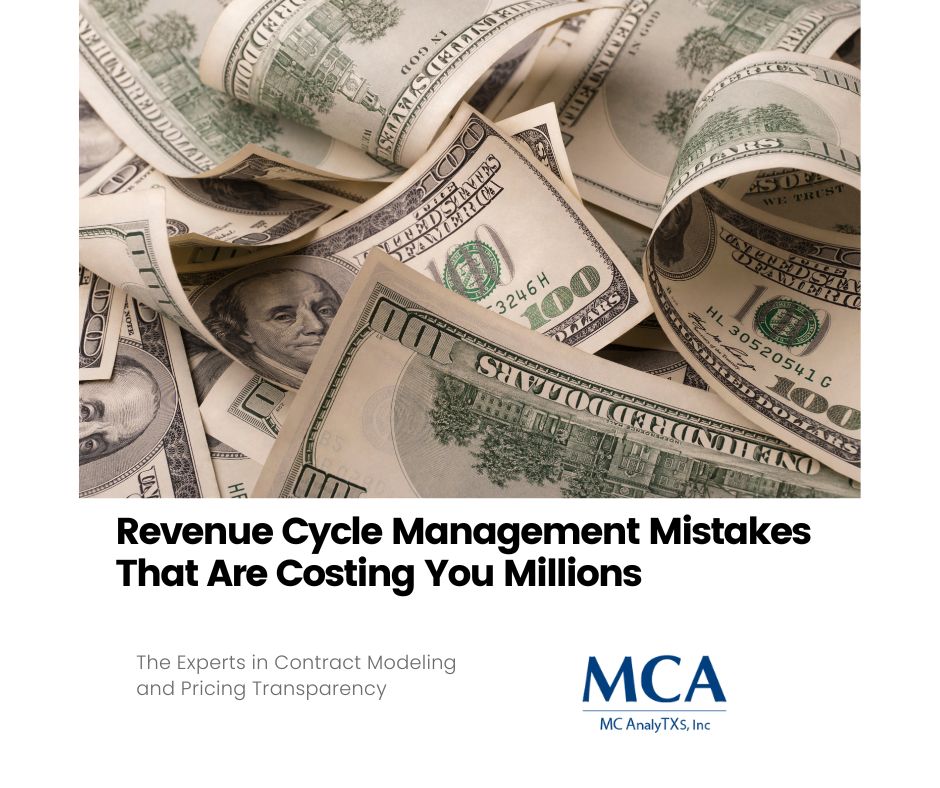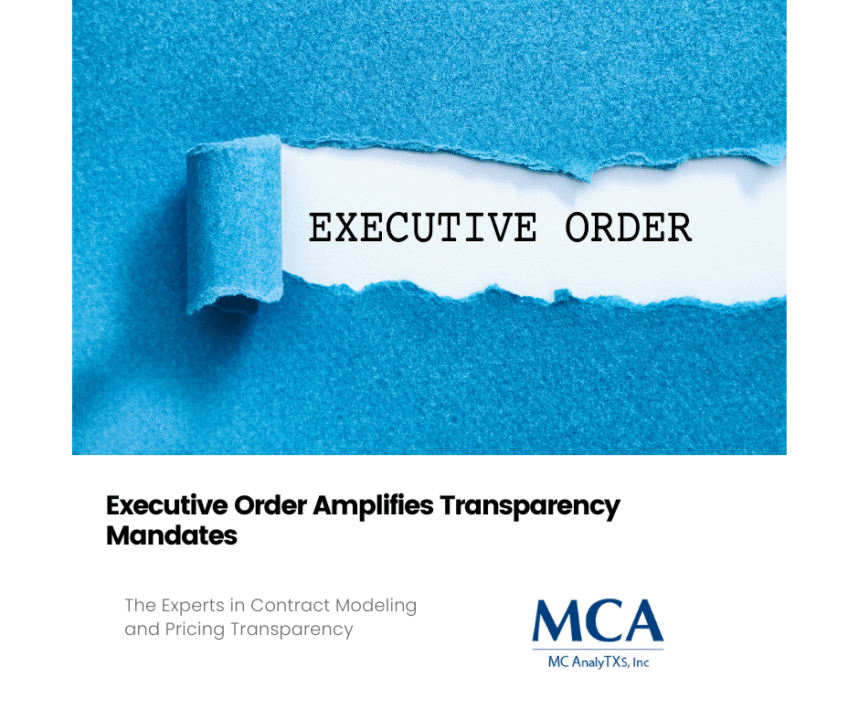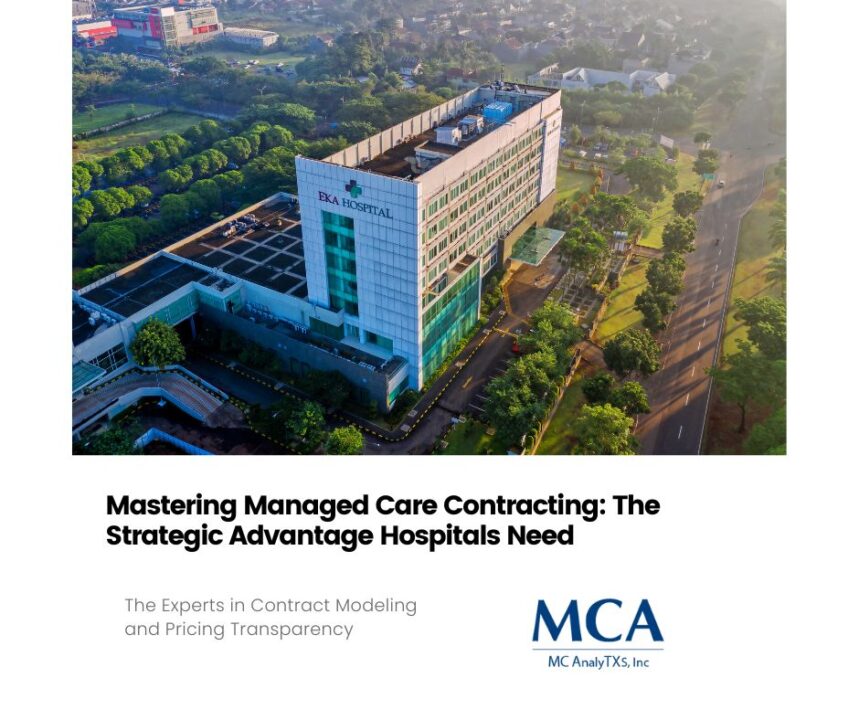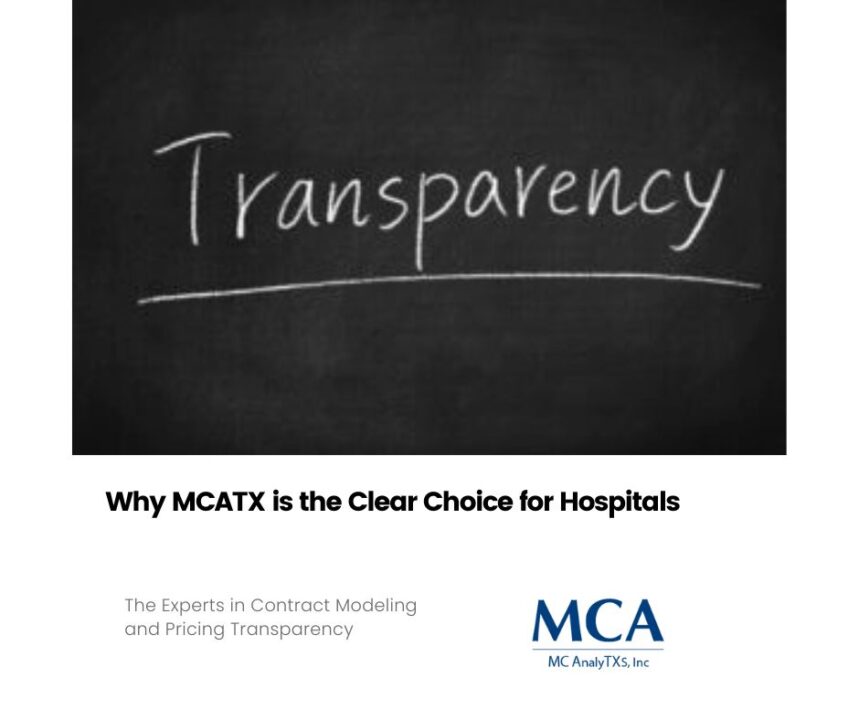

Revenue Cycle Management Mistakes That Are Costing You Millions
Revenue cycle management (RCM) is the backbone of any successful healthcare organization. From ensuring claims are paid on time to optimizing payment collection, every step of the process impacts your bottom line. Yet, even the most established healthcare facilities regularly encounter missteps in their RCM processes—errors that may not only delay payments but cost millions over time.
This article will walk you through the most common revenue cycle management mistakes, explore their financial consequences, and offer actionable solutions to help you minimize losses and enhance efficiency.
Mistake 1: Inefficient Claim Submissions and Denial Management
The Problem
Far too many healthcare organizations lose revenue because of errors in claim submissions. Missing documentation, incorrect coding, and lack of follow-up on denied claims all contribute to significant revenue leakage. Payers often deny claims due to simple, avoidable errors, and without an efficient follow-up process, those denials turn into lost revenue.
According to the Medical Group Management Association (MGMA), up to 65% of claim denials are never reworked, meaning a significant chunk of revenue is essentially abandoned.
The Fix
- Streamline Claims Submission: Ensure your claims process is standardized and your staff is well-versed in proper coding practices. Invest in a reliable claims management tool to automate processes and reduce human error.
- Build a Denial Management Strategy: Denials should be analyzed, categorized, and addressed quickly. Track trends in denials to identify root causes and implement long-term fixes.
- Increase Transparency: Use dashboards and reports to track claims progress, monitor denials, and improve on areas causing recurring issues.
Mistake 2: Lack of Automation in Billing Processes
The Problem
Manually handling billing processes in today’s digital age is no longer viable. Healthcare organizations that rely on outdated systems and manual labor experience longer processing times, increased human error, and operational inefficiencies. Automation, while initially an investment, can save time and drive consistent results over years.
Hospital administrators often underestimate the costs of inefficiency. For instance, manual errors in billing can account for up to 10% of revenue leakage, according to RevCycle Intelligence.
The Fix
- Adopt RCM Software: Invest in modern RCM tools that integrate seamlessly with your existing systems. Automation in billing reduces repetitive tasks, speeds up collections, and minimizes errors.
- Automate Payment Reminders: Sending reminders to patients for due balances automatically improves collection rates.
- Utilize Technology for Eligibility Verification: Tools that automate patient insurance verification ensure fewer surprises during claims processing.
Mistake 3: Poor Patient Access and Payment Collection Strategies
The Problem
Revenue cycle problems often start at patient access points. Poor processes for scheduling, registration, and payment collection result in delays and even unpaid bills. If healthcare organizations fail to collect patient payments upfront or provide clear financial options, they risk a significant portion of their revenue.
The trend toward high-deductible health plans has made this a bigger issue; patients are now responsible for 30% or more of healthcare costs, according to Becker’s Healthcare. Collecting from patients post-service is not only slower but often less successful.
The Fix
- Simplify Patient Registration: Use an online portal or kiosk to streamline check-in and reduce patient frustration.
- Collect Payments Upfront: Implement clear financial counseling at the time of service to determine patient responsibilities and collect payments in advance.
- Offer Payment Plans: Flexible payment plans and convenient payment methods such as online pay portals encourage patients to fulfill their financial obligations.
- Track Key Metrics: Monitor patient payment trends and train staff on improving collections.
Mistake 4: Neglecting Regular Audits and Compliance Checks
The Problem
Revenue loss isn’t just about billing errors. Non-compliance with healthcare regulations and audit oversights can lead to legal troubles, fines, and penalties. Many organizations don’t consistently audit key areas of their revenue cycle, which not only risks compliance violations but also allows unnoticed inefficiencies to persist.
Without a robust internal audit process, even minor billing issues can snowball into a massive organizational headache.
The Fix
- Conduct Routine Audits: Schedule regular RCM audits, focusing on claim accuracy, coding practices, and patient collection processes.
- Monitor Regulatory Changes: Stay updated on healthcare regulations like HIPAA, ACA, and GDPR standards. Lack of adaptation to compliance rules can lead to hefty fines.
- Invest in Audit Tools: Utilize software that identifies errors early, particularly related to claims and coding practices.
Mistake 5: Not Investing in Staff Training and Education
The Problem
Even with the best technology in place, your staff remains at the heart of RCM. Insufficient staff training can sink the entire operation. Revenue cycle staff must be skilled at navigating complex payer rules, understanding compliance issues, and resolving patient queries—all of which require continuous learning.
If training isn’t prioritized, organizations may see significant turnover and increased error rates. High turnover leads to pricey onboarding cycles, further bleeding essential revenue.
The Fix
- Ongoing Education: Facilitate regular training sessions on industry best practices, payer rule updates, and compliance requirements.
- Personalized Learning Paths: Use online learning platforms to create flexible, role-specific training programs.
- Encourage Collaboration: Foster an atmosphere where teams can share learning experiences and find solutions collaboratively.
- Develop Incentives: Reward employees who adopt best practices and excel in improving RCM processes.
The Future of Revenue Cycle Management
Key factors such as evolving payer rules, increased patient financial responsibilities, and rapid technological advancements are transforming revenue cycle management. Organizations that focus on eliminating inefficiencies, adopting advanced tools, and fostering a culture of continuous improvement will see meaningful, positive impacts on their bottom line.
By avoiding the common mistakes outlined above, healthcare organizations can position themselves as leaders in financial sustainability and operational excellence.
Looking to streamline your RCM processes but unsure of where to start? Partnering with an expert in revenue cycle solutions might be your first step toward reclaiming revenue and driving long-term growth.
Join our upcoming webinar March 20th at 1pm CST to learn more.





